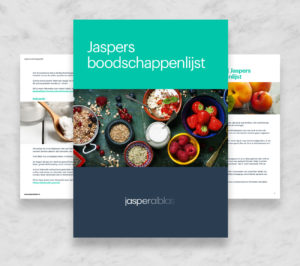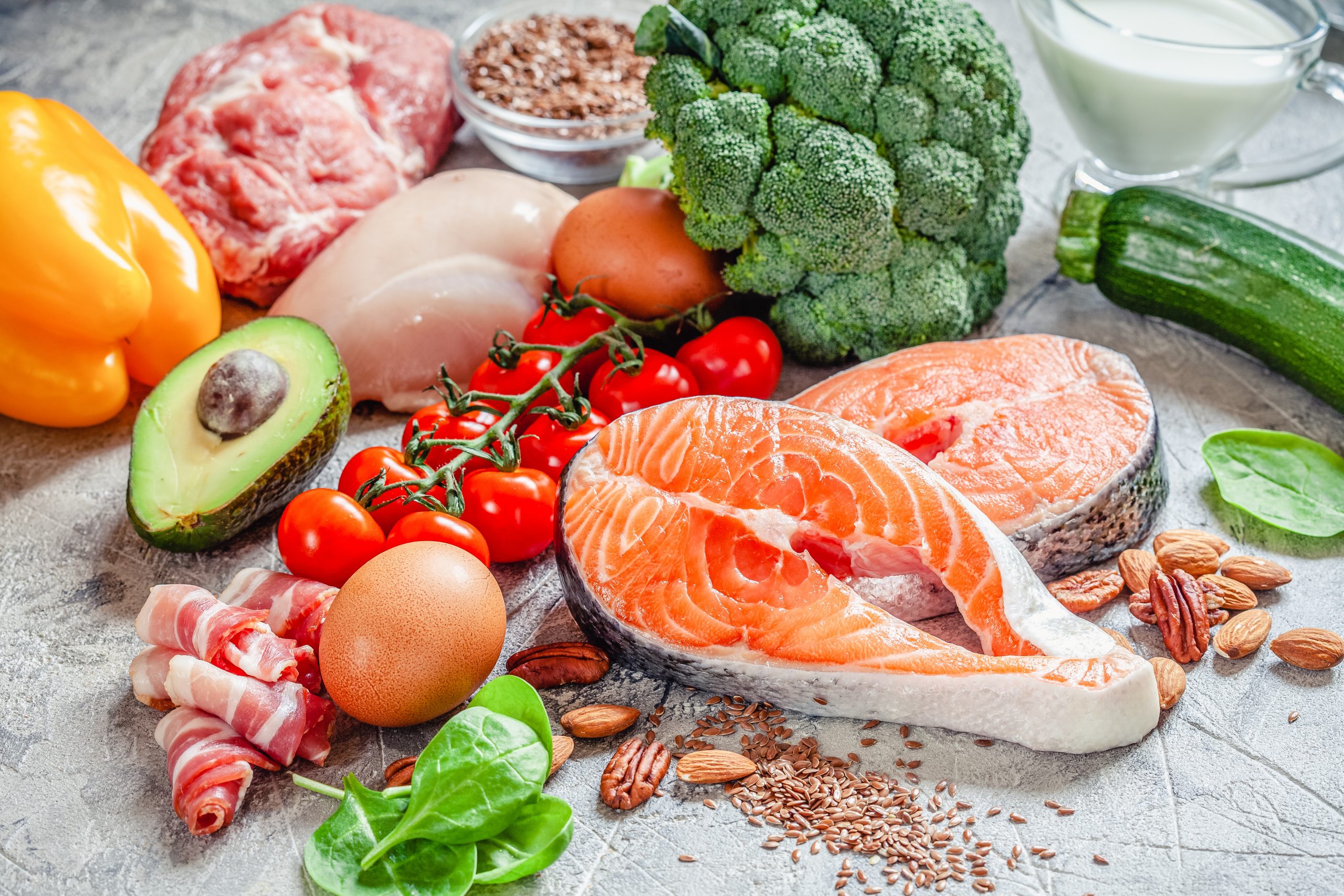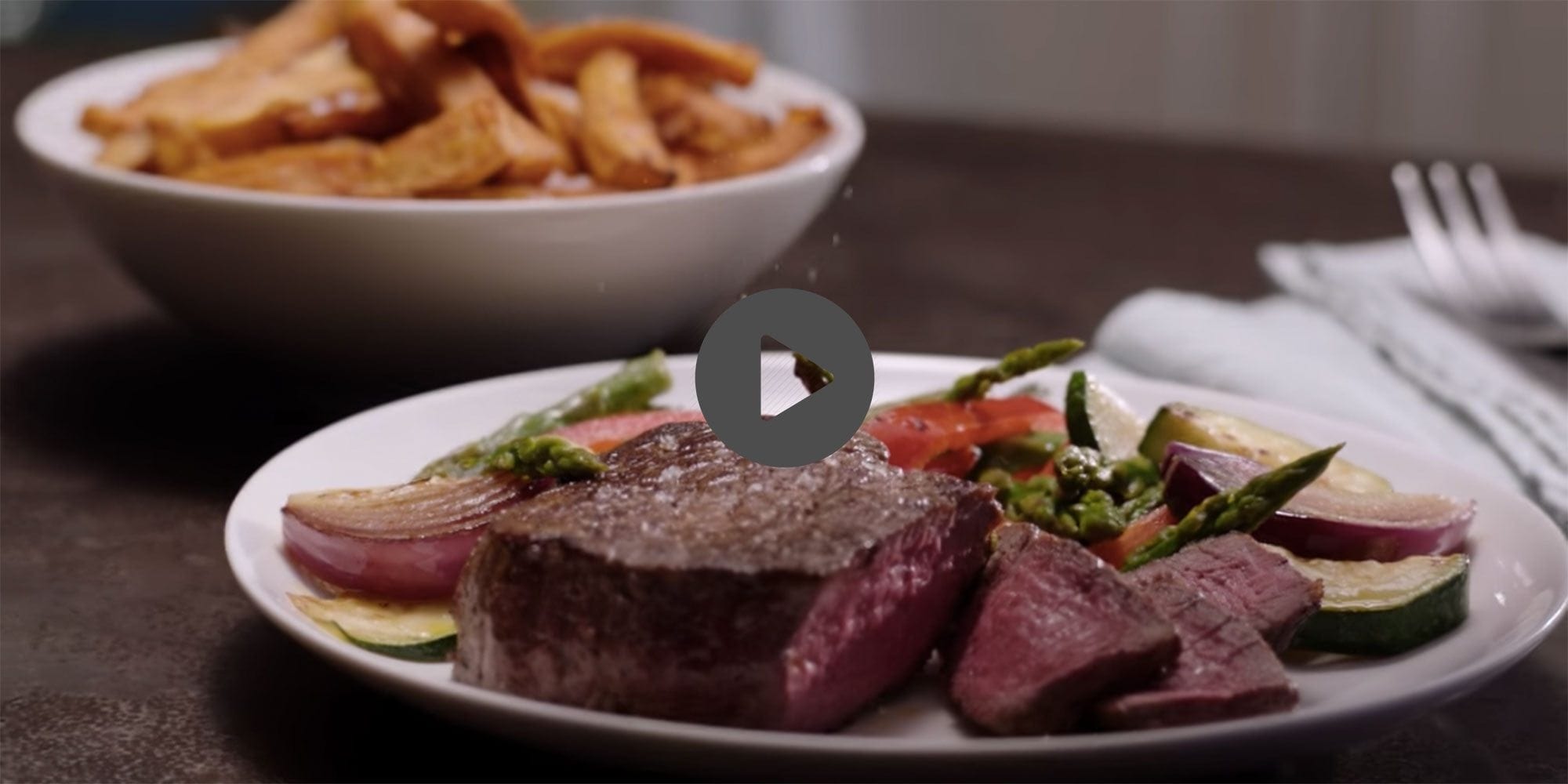[1] Hamdy, O., & Zwiefelhofer, D. (2010). Weight management using a meal replacement strategy in type 2 diabetes. Current diabetes reports, 10(2), 159–164. https://doi.org/10.1007/s11892-010-0103-9
[2] Levitsky, D. A., & Pacanowski, C. (2011). Losing weight without dieting. Use of commercial foods as meal replacements for lunch produces an extended energy deficit. Appetite, 57(2), 311–317. https://doi.org/10.1016/j.appet.2011.04.015
[3] Frestedt, J. L., Young, L. R., & Bell, M. (2012). Meal Replacement Beverage Twice a Day in Overweight and Obese Adults (MDRC2012-001). Current nutrition and food science, 8(4), 320–329. https://doi.org/10.2174/157340112803832156
[4] López Barrón, G., Bacardí Gascón, M., De Lira García, C., & Jiménez Cruz, A. (2011). La eficacia a largo plazo de los reemplazos dietéticos en la pérdida de peso: revisión sistemática [Meal replacement efficacy on long-term weight loss: a systematic review]. Nutricion hospitalaria, 26(6), 1260–1265. https://doi.org/10.1590/S0212-16112011000600011
[5] Huerta, S., Li, Z., Li, H. et al. Feasibility of a partial meal replacement plan for weight loss in low-income patients. Int J Obes 28, 1575–1579 (2004). https://doi.org/10.1038/sj.ijo.0802792
[6] Heymsfield, S. B., van Mierlo, C. A., van der Knaap, H. C., Heo, M., & Frier, H. I. (2003). Weight management using a meal replacement strategy: meta and pooling analysis from six studies. International journal of obesity and related metabolic disorders : journal of the International Association for the Study of Obesity, 27(5), 537–549. https://doi.org/10.1038/sj.ijo.0802258
[7] López Barrón, G., Bacardí Gascón, M., De Lira García, C., & Jiménez Cruz, A. (2011). La eficacia a largo plazo de los reemplazos dietéticos en la pérdida de peso: revisión sistemática [Meal replacement efficacy on long-term weight loss: a systematic review]. Nutricion hospitalaria, 26(6), 1260–1265. https://doi.org/10.1590/S0212-16112011000600011
[8] Stanhope, K. L., Schwarz, J. M., & Havel, P. J. (2013). Adverse metabolic effects of dietary fructose: results from the recent epidemiological, clinical, and mechanistic studies. Current opinion in lipidology, 24(3), 198–206. https://doi.org/10.1097/MOL.0b013e3283613bca
[9] Volkow, N. D., Wang, G. J., Fowler, J. S., Tomasi, D., & Baler, R. (2012). Food and drug reward: overlapping circuits in human obesity and addiction. Current topics in behavioral neurosciences, 11, 1–24. https://doi.org/10.1007/7854_2011_169
[10] Kenny P. J. (2011). Common cellular and molecular mechanisms in obesity and drug addiction. Nature reviews. Neuroscience, 12(11), 638–651. https://doi.org/10.1038/nrn3105












Reacties (59)
Hier kan je discussiëren over dit artikel, vragen stellen en inhoudelijk iets bijdragen. Lees vooral even onze huisregels en veelgestelde vragen